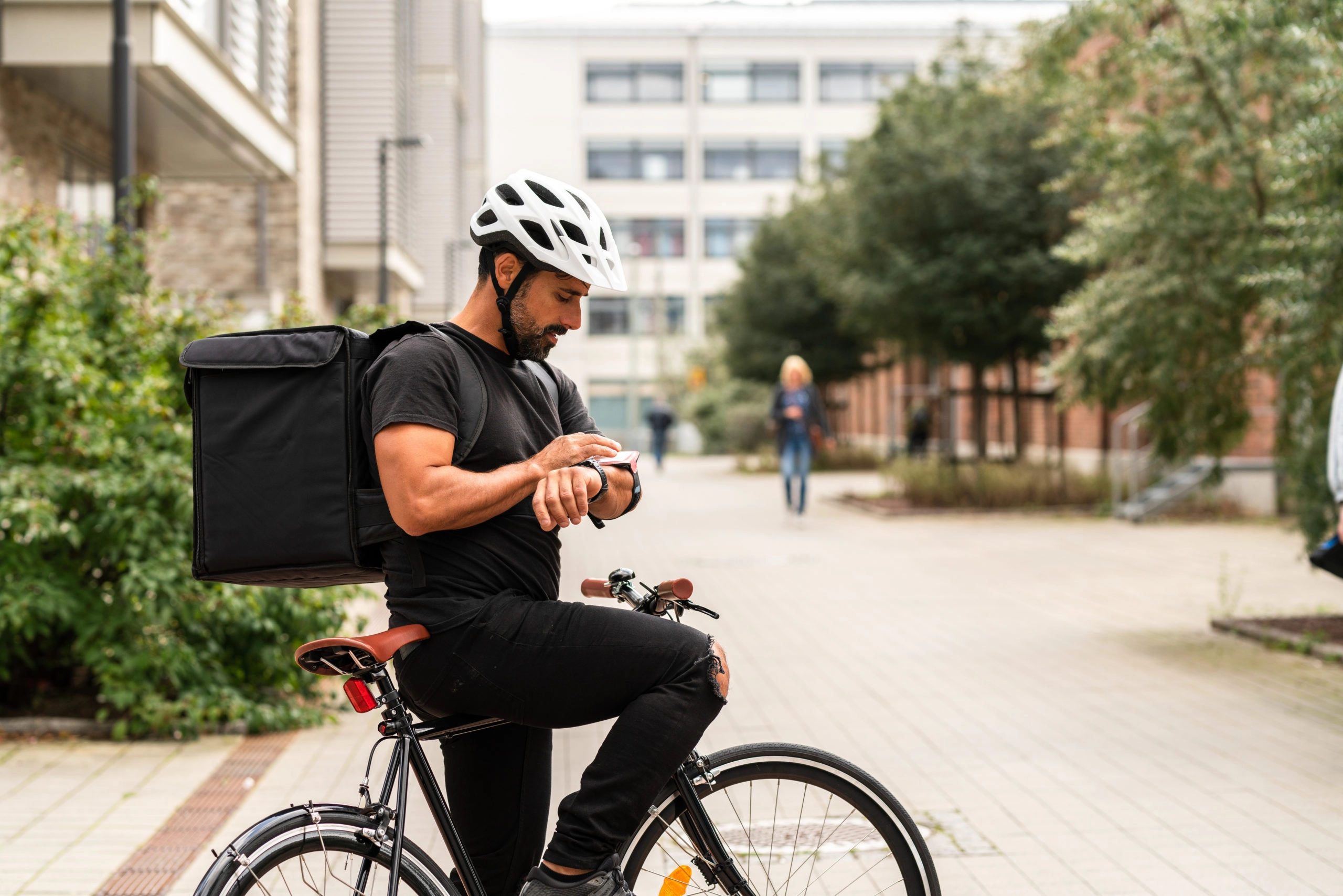In the last couple of years, the internet has seen more orders than ever before. With an increasing number of businesses going online, the digital world is crawling with all kinds of products. From groceries to gym equipment, the spectrum of goods is broader than ever, attracting more customers every year. In fact, 1.79 billion people have made an online purchase in 2021, according to a report conducted by statista. Even with the pandemic restrictions disappearing around the world, customers did not lose their love for convenience; and ecommerce is still going strong despite the slowing economic activity. Aggregators are multiplying, online payments are easier, and deliveries times are getting shorter. The explosive growth of ecommerce is, however, taking its toll on the environment, and has become a force to be reckoned with. More deliveries, means more miles – which equals more carbon emissions. As the world witnesses growing levels of environmental awareness, businesses are under pressure to take – at least some – protective measures. From sustainable packaging to eco-friendly delivery, more customers are making environment-conscious decisions when placing online purchases. This is evidenced by the fact that nearly 49% of UAE customers say they are willing to pay more for sustainable products (Alvarez&Marsal), and 44% of UK consumers go as far as boycotting brands with no ethical or eco-friendly policies, according to a study conducted by the retailer Clothes2Order. With brands worldwide increasingly under scrutiny, ecommerce ones – in particular – are impelled to take action: reducing emissions to protect the environment. They are now on a mission to reconcile between increasing profit and protecting the planet. Though it may seem like it, bridging the former and the latter is not paradoxical – in fact, with some adjustments in logistics, the two can even go hand in hand.
Although the past few years have seen numerous initiatives that have helped reduce carbon emissions – the ecommerce market did still grow tremendously. According to a forecast by Pitney Bowes, 100 Billion parcels were delivered worldwide in 2019 and 131 Billion ones one year later – and this number is expected to reach a whopping 316 Billion in 2026. As businesses still try to figure out how to balance profit and sustainability – decreasing mileage is the low hanging fruit, and we will explore the three main ways to do so:
Using Local Fulfillment Centers and Parcel Pick-up Stations
Same-day delivery has become the standard – with customers expecting (and often paying for) a faster service. Businesses responded by storing goods in local fulfillment (or smaller distribution centers within the city such as malls, stores, micro fulfillment centers or even parking lots). By being located closer to the end consumer, local fulfillment centers enable businesses to reduce stem time and move items from storage to the customer’s doorstep in significantly less time.
From an environmental point of view, these shorter trips happen to be more ecofriendly, as they decrease vehicle mileage, which in return leads to less emissions.
To reduce emissions further, brands can also encourage customers to opt for item pick-up at parcel pick up stations rather than home delivery. Parcel pick-up stations are more conveniently located within the city. This allows customers to have less waiting time and more flexibility, as they would no longer be required to stay home waiting to receive their parcel. This method allows businesses to reduce their mileage. While customers will still need to commute to collect the items – businesses themselves would have done their part in making their operations more sustainable.
Optimizing Routes and Clubbing Orders
Efficient deliveries are synonymous with fast and accurate – executed with the minimum amount of resources possible. Wasting time looking for customers’ locations, missing road exits, and hitting blind alleys delay drivers and use up more fuel, causing deliveries to be more expensive. It is thus crucial for businesses to opt for a Delivery Management Software that supports drivers with optimized routes that easily guide drivers to customers’ locations without relying on street names and landmarks. Software generated routes rely on GPS to find the best route for each delivery, taking traffic, weather, and other relevant metrics into consideration. Optimized routes simultaneously lower fuel usage, reduce carbon emissions and help utilize resources efficiently – reducing the overall cost of each delivery.
Order Clubbing is another Delivery Management Software feature that helps speed up deliveries, cut costs and improve businesses’ Driver Utilization Rate. This feature enables dispatchers to assign two or more orders to one driver, to drop off in one single trip. This is a highly configurable feature, taking multiple factors into consideration to be as efficient as possible. It also enables 3pLs or businesses with multiple branches in proximity to ‘club’ orders – lessening the trips needed to deliver all orders. In addition to being efficient, Order Clubbing decreases miles and ultimately, carbon emissions.
Turning To Micromobility and Electric Vehicles
With distance between pick up and drop off location becomes shorter thanks to local fulfillment – businesses can substitute larger vehicles for smaller ones. Cars can be replaced with bicycles or scooters to help to avoid road traffic and the hassle or finding a parking spot when out for deliveries. Micromobility vehicles are also cheaper, do not consume fuel nor require major maintenance, reducing the cost of the final mile. While not completely climate-neutral, they do use less energy and produce less emissions. They also create fewer dangers, noise pollution and congestion.
Motorcycles, however, remain on the top of the list when it comes to delivery. Fast, cheaper, and easier to maintain than cars – it is no surprise they are the vehicle of choice for most last-mile companies, particularly in the MENA region. They do however emit a disproportionately high number of pollutants – 16 times more hydrocarbons and 3 times more carbon monoxides than a passenger car, according to the American Chemical Society.
To put the amount of air pollution caused by petrol delivery motorcycles into context, one must consider the fact that there are currently over 92,000 petrol delivery bikes in Dubai, emitting 245,333 tonnes of CO2 each year, killing as much as 290,334 acres of forest yearly. This raises the question: will reducing miles alone be enough?
These alarming numbers depict the importance of introducing electric vehicles into the final mile. While – on the short run – electric motorcycles are higher in cost and require a certain amount of training for drivers, they benefit businesses by considerably cost-saving when it comes to fuel expenses.
While there is no exact formula to reach the perfect balance between sustainability and profitability – the responsibility cannot fall on one entity alone. A rise in ‘ethical’ ecommerce would only be achieved through an effort across the entire ecosystem. The combination of operational adjustments made by businesses, governmental laws in support of green initiatives, and better purchase choices by customers is the only way to usher a greener, more efficient final mile.



